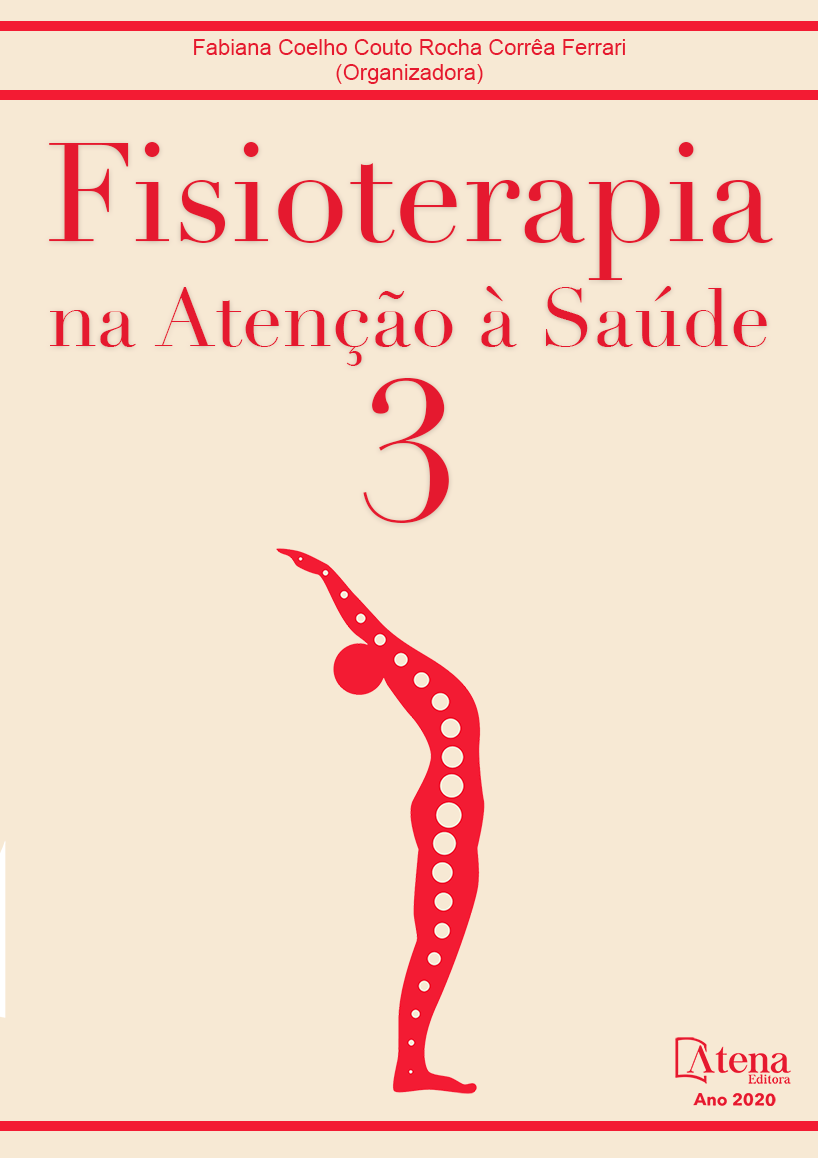
ESTUDO COMPARATIVO DO EQUILÍBRIO, DOR E FUNCIONALIDADE NA QUALIDADE DE VIDA DE IDOSOS
INTRODUÇÃO: O envelhecimento é um processo que provoca alterações e desgastes em vários sistemas funcionais, que ocorrem de forma progressiva e irreversível. O momento em que estas transformações ocorrem, quando passam a ser percebidas e como evoluem, diferencia-se de um indivíduo para o outro. OBJETIVO: Comparar o equilíbrio, a dor e a funcionalidade na qualidade de vida de idosos participantes de um grupo de pilates e de dança em Barreiras-BA. METODOLOGIA: Trata-se de um estudo quantitativo descritivo transversal, realizado em dois projetos para idosos de Barreiras-BA e aprovado pelo Comitê de Ética em Pesquisa da FASB. A amostra foi constituída por dois grupos totalizando 48 indivíduos praticantes de dança e pilates. Foi utilizada a Escala de Berg que avalia diversos aspectos do equilíbrio, o Índice de Barthel para analisar as incapacidades nas realizações das AVD’s, EVA para mensurar a dor e SF-36 que avalia a qualidade de vida. RESULTADOS: O Índice de Barthel demonstra que 70% dos idosos do Grupo Pilates (GP) e 84% do Grupo Dança (GD) são completamente independentes. Na Escala de Berg notou-se que 60% do GP e 89% do GD dispõem de pouco ou nenhum risco de queda. Na EVA houve prevalência de dor moderada nos dois grupos, sendo 70% no GP e 39% no GD. A escala de avaliação da qualidade de vida, evidencia maior índice no domínio de Saúde Mental nos dois grupos com média de 77%. CONCLUSÃO: Foram encontrados idosos com pequenas alterações de equilíbrio e funcionalidade, um discreto número de queixas álgicas, nos quais as diferenças dos grupos são relativamente mínimas. Portanto, a prática de atividade física é de extrema importância para melhora da qualidade de vida dos idosos, na tentativa de retardar alterações pertinentes ao avanço da idade.
ESTUDO COMPARATIVO DO EQUILÍBRIO, DOR E FUNCIONALIDADE NA QUALIDADE DE VIDA DE IDOSOS
-
DOI: 10.22533/at.ed.09520170821
-
Palavras-chave: Equilíbrio, dor, funcionalidade, idoso.
-
Keywords: Equilibrium, pain, functionality, elderly.
-
Abstract:
INTRODUCTION: The aging is a process that causes changes and wear in several functional systems, which occur in a progressive and irreversible way. The moment when these transformations occur, when they start to be noticed and how they evolve, differs from one individual to another. OBJECTIVE: To compare equilibrium, pain and functionality in the quality of life of elderly participants in a group of pilates and dance in Barreiras-BA. METHODOLOGY: This is a cross-sectional quantitative study, carried out in two projects for elderly people in Barreiras-BA and approved by the Research Ethics Committee of FASB. The sample consisted of two groups, totaling 48 individuals practicing dance and pilates. The Berg Scale was used to assess several aspects of equilibrium, the Barthel Index to analyze the disabilities in the performance of the AVDs, EVA to measure pain and SF-36 that evaluates quality of life. RESULTS: The Barthel Index shows that 70% of the elderly in the Pilates Group (PG) and 84% in the Dance Group (DG) are completely independent. In the Berg Scale, it was noted that 60% of the PG and 89% of the DG have small or no risk of falling. In EVA, there was a prevalence of moderate pain in both groups, 70% in the PG and 39% in the DG. The quality of life assessment scale shows a higher rate in the Mental Health domain in both groups, with an average of 77%. CONCLUSION: Were found elderly people with minor alterations in equilibrium and functionality and a discreet number of pain complaints, in which the differences between the groups are relatively minimal. Therefore, the practice of physical activity is extremely important to improve the quality of life of the elderly, in an attempt to delay changes relevant to advancing age.
-
Número de páginas: 15
- Alana Suzy de Matos Silva
- Denis Marques Dantas de Góes
- Lara Fabiane Nink Cardoso
- Valeria de Jesus Amorim
- Diogo Pereira Cardoso de Sá


